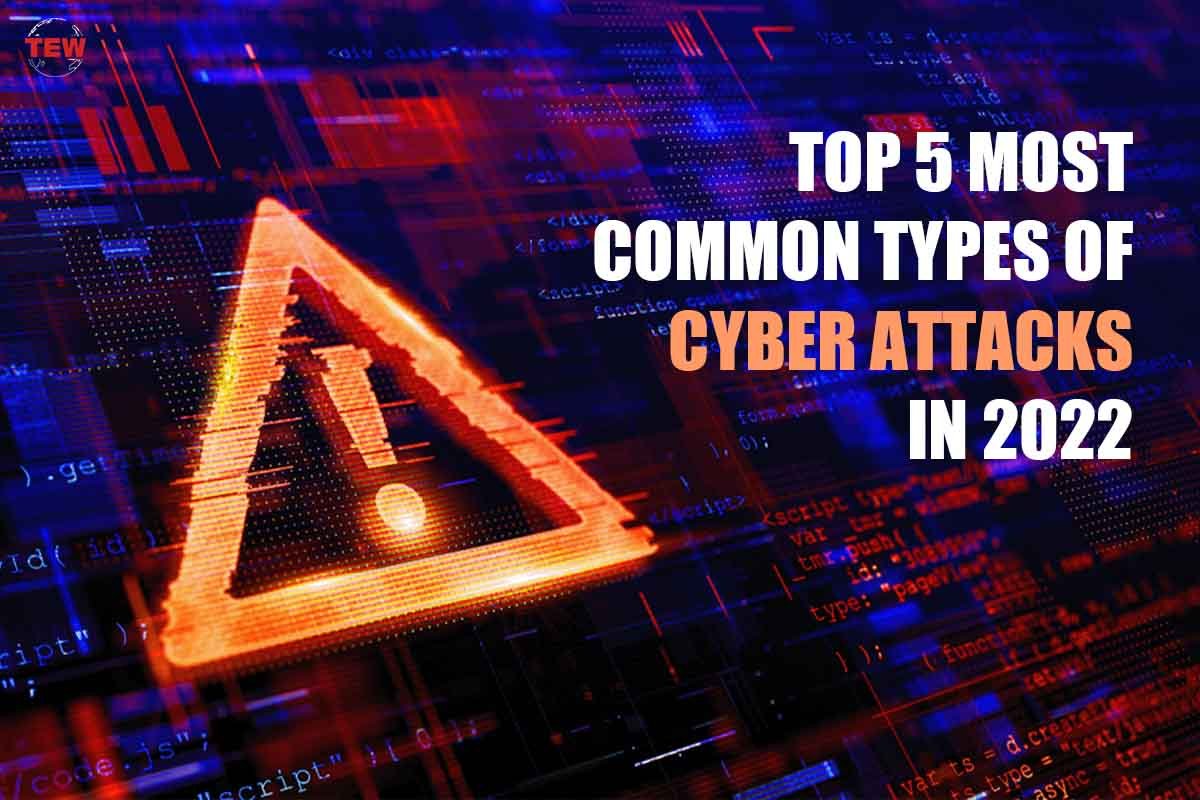As of 2022, cyber attacks continue to rise dramatically, and every day more businesses are hit by cyber-attacks. To handle the increasing threats, businesses can take numerous actions and implement modern security solutions. But before doing that all sizes of businesses should be aware of current security threats.
Let’s explain the top five most common types of cyber attacks.
1-Phishing Attacks
Cybercriminals frequently use phishing attacks to possess confidential information of employees. In this type of cyber attack, malicious actors replicate a legitimate organization’s website and pretend like this legitimate institution. Afterward, they send emails or text messages to employees. Generally, they attach malicious links to these text messages and emails. The main goals behind these attacks are to lead victims to click malicious links or direct victims to the replicated website and lead them to show their confidential credentials like login and credit card information. In most cases, victims don’t suspect a thing as they believe replicated websites are legitimate institutions. Every year, millions of people fall victim to phishing attacks and put their organizations at risk.

2- Malware Attacks
Cybercriminals construct a hostile code and create malware to do specific tasks in their target’s infrastructure such as punching holes in security systems, disrupting a machine’s functionality, or disabling complete infrastructure. As of 2022, cyber criminals use various types of malware to attack businesses and infect their systems with different types of malicious malware. These types of attacks can be really dangerous for businesses and they can severely damage businesses’ security infrastructure and systems, and cause data breaches.
Today, on the internet, there are millions of malicious websites that are created to infect victims’ devices with malware. In this regard, employees can encounter these websites while browsing the internet, and even clicking on pop-ads can infect their devices with malware as cybercriminals implement malware into the pop-ads. When employees’ devices are infected with malware, these devices can put their organization’s networks at great risk.
3- Ransomware Attacks
Ransomware is amongst the most used cyber attack types. Ransomware is a branch type of malware and it targets the data storage of businesses. Simply, once a system is infected with ransomware, it locks the target’s data storage and restricts access to it. Afterward, cybercriminals ask for ransom in exchange for the decryption of the data. At this point, businesses have two options, paying or refusing the ransom. Refusing the ransom can lead cybercriminals to sell the data on the black market. But, corporate data can end up in the black market even if the target business pays the ransom. Shortly, ransomware attacks can put businesses in a really difficult position.

4- Distributed Denial of Service (DDoS) Attacks
Distributed Denial of Service (DDoS) attacks are frequently used by cybercriminals. In these attacks, malicious actors aim to cause a shutdown in their target’s systems, machines, and networks. As a result, corporate resources and networks become inaccessible for a period of time. Generally, the main source of a shutdown is the heavy traffic that is created by cyber criminals and they use bots and compromised accounts to do so. In most cases, these attacks won’t conclude with data breaches, but they cause shutdown and downtime which are severely harmful to organizational operations and employees’ productivity.
5- Social Engineering
Social engineering is one of the favorites of cybercriminals. In these attacks, cybercriminals direct victims to show their confidential credentials under the wrong sense of security. The main goal of these attacks is to take advantage of human error as it is much easier than bypassing security systems. These attacks can begin with phone calls or emails, and victims believe that callers are authorized people, so they reveal their credentials. Additionally, in these attacks, cybercriminals can use counterfeit security portals after they trick people that their accounts have been compromised or are currently in danger. But, the real danger begins when they show their credentials.

How to Protect Your Business Against Cyber Attacks
You can protect your business against cyber attacks by applying network security best practices. Implementing multi-factor authentication (MFA), network segmentation, and antivirus and malware detection tools are amongst the best practices for network security. The presence of MFA tools creates an extra layer of security because employees have to authenticate their identities in two or more ways. This mitigates the risks associated with compromised user credentials as cybercriminals won’t be able to access corporate networks without passing the required authentication factors. Bypassing authentication factors is really difficult as these might require biometric authentication.
Secondly, applying network segmentation can improve network security in many ways. Network segmentation is a process of separating a network into sub-networks, and prohibiting lateral movement between sub-segments. This way, you can protect sensitive areas of the network and reduce the areas of potential attacks. Additionally, with network segmentation, you can eliminate cyber attacks before they spread to other areas of the network.
Lastly, implementing anti-virus and malware detection tools improves your network security. On top of this, you should make these tools available to employees. This way, you can rest assured that their devices will be secured while they are browsing the internet.
Last Words
Nowadays, cybercriminals use various methods and tactics to execute attacks on all sizes of businesses. To cope with current security threats, first businesses should be informed about common types of cyber attacks, and secondly, they should implement enhanced security solutions.





